Enhancing Child Development with Interactive Stuffed Animals
Cognitive Development Through Stuffed Animals
Stuffed animals serve as powerful tools for nurturing critical cognitive skills during early childhood. By engaging children in imaginative scenarios and interactive play, these soft companions help build foundational abilities that support lifelong learning.
Stimulating Imagination and Creativity
Kids naturally turn stuffed animals into protagonists of intricate thought adventures. A teddy bear is a spaceship pilot traversing galaxies far away, and a plush bunny is a teacher to the stuffed animals. This “make believe” play helps to develop brain circuits that are used in creative thinking and abstract reasoning. Research has shown that children who pretend a lot when they play with stuffed animals on a regular basis score 23% higher in originality on tests of problem-solving.
Building Problem-Solving Skills via Play
Working with puppets and stuffed animals in interactive scenes provide children with practice skills they can use in a real-world setting. As children maneuver through play problems, such as building shelters for toys or resolving disputes between make-believe characters, they learn to reason and adjust their approaches. Studies have shown that toddlers who started playing around with a pile of stuffed animals are quicker to attend to pattern recognition and logical sequencing.
Early Language Acquisition Mechanisms
Stuffed animals act as non-judgmental conversation partners, encouraging language experimentation. As children narrate stories to their plush companions, they practice sentence structure and vocabulary expansion. A 2023 study observed that toddlers who engaged in daily storytelling sessions with stuffed animals developed a 31% broader expressive vocabulary within six months.
Memory Enhancement Strategies

Repetitive play routines with stuffed animals—such as recreating school lessons or reenacting family routines—strengthen memory consolidation processes. Recent findings reveal that preschoolers using stuffed animals in memory-based games recalled 50% more sequenced events compared to traditional flashcard methods.
Stuffed Animals for Emotional Growth
Providing Comfort and Security
Stuffed animals also act as emotional tethers when a child is moving out of the baby stage and onto the world stage, when 63% of all preschoolers tote one around (Child Development Institute 2023). The tactile media offer a way for kids to transition from separation anxiety or new environments with a consistent sensory feedback. When you hug a stuffed animal, the pressure that you apply activates the release of oxytocin and simulates the feeling of being comforted by physical touch.
Developing Emotional Intelligence
Through caretaking role-play, children practice empathy by projecting emotions onto stuffed animals. Parents can amplify this by modeling phrases like "Bear feels scared—how should we help?" This interaction builds:
- Emotional vocabulary expansion
- Perspective-taking abilities
- Responsiveness to nonverbal cues
Expressing Complex Feelings
Stuffed animals act as nonjudgmental confidants for emotions children struggle to articulate. Children often:
- Assign their own feelings to the toy ("Lion is sad today")
- Practice problem-solving through fictional scenarios
- Rehearse difficult conversations safely
Social Skill Building with Stuffed Animals
Role-Playing Social Scenarios
Preschoolers act out observed social behaviors during pretend play with stuffed animals. By orchestrating tea parties or school scenarios with plush toys, children experiment with conversational patterns and conflict resolution.
Empathy Development Techniques
Nurturing play with stuffed animals increases emotional awareness. When kids comfort a "hurt" teddy bear or interpret a puppet's imagined feelings, they practice perspective-taking.
Sharing and Cooperation Exercises
Stuffed animals become neutral mediators in sharing drills, reducing conflict during group play. Teachers use plush characters to demonstrate turn-taking games where children must pass the toy before speaking.
Sensory Applications of Stuffed Animals
Tactile Stimulation for Motor Skills
Stuffed animals serve as dynamic tools for sensory exploration, with varied textures promoting tactile development. These materials engage nerve endings in children's hands, refining their ability to distinguish between subtle differences in surfaces.
Weighted Stuffed Animals: Calming Effects
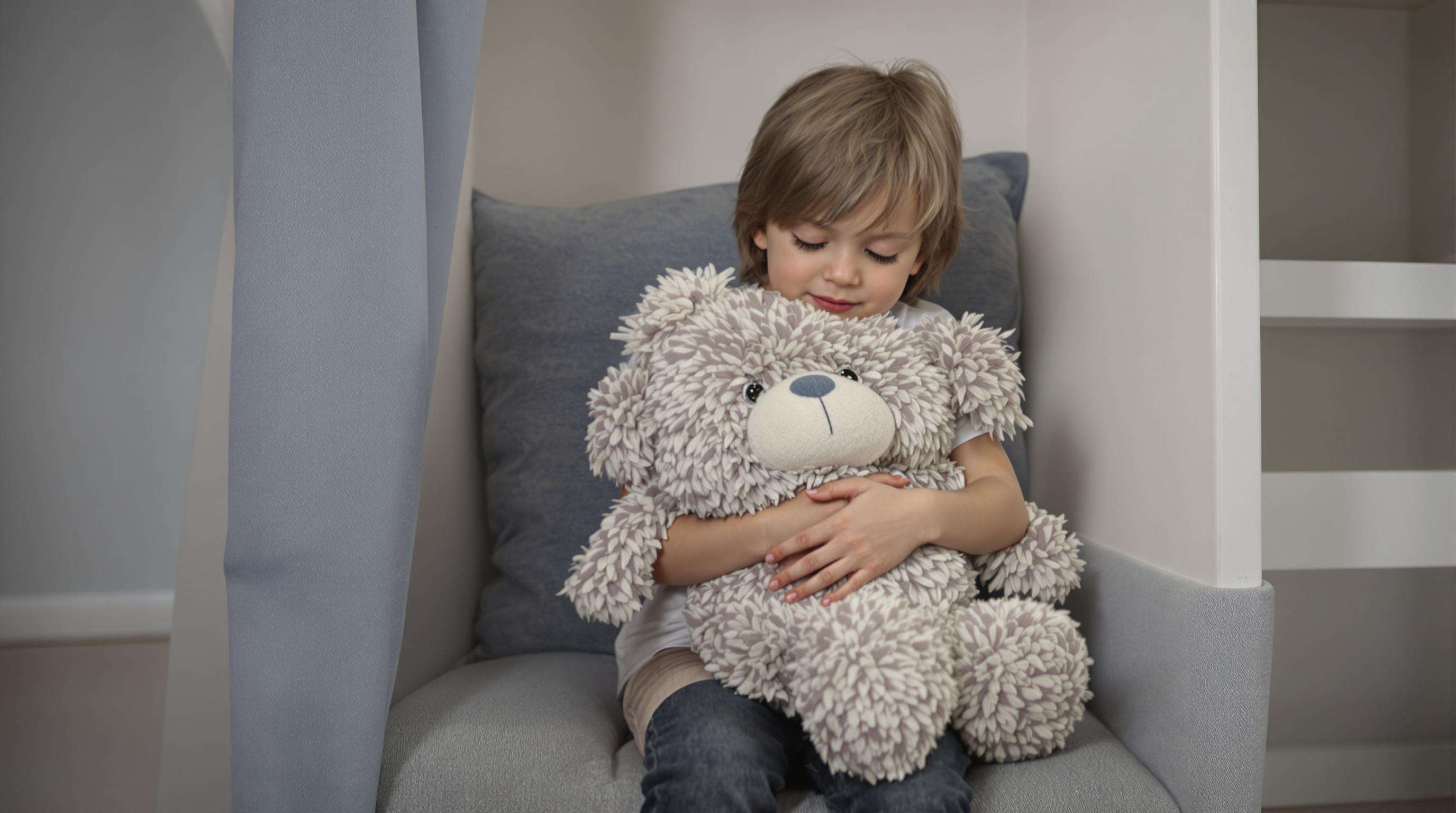
Deep-pressure stimulation through weighted stuffed animals reduces cortisol levels by 18% during stressful scenarios. This sensory input activates the parasympathetic nervous system, helping children regulate breathing patterns and emotional responses.
Therapeutic Advantages of Stuffed Animals
Anxiety Reduction in Autism Spectrum
Stuffed animals serve as predictable companions for autistic children, offering tactile stability in overstimulating environments. These tools help fulfill sensory-seeking behaviors through repetitive touching while allowing children to rehearse social interactions in low-pressure contexts.
Sensory Regulation Strategies
Weighted stuffed animals (1-3 lbs) apply gentle deep pressure, triggering the nervous system’s calming response. Textured surfaces let children modulate tactile input through self-directed exploration.
Selecting Developmental Stuffed Animals
Age-Appropriate Interactive Features
Prioritize toys with contrasting textures for infants, simple mechanisms like Velcro for toddlers, and role-play elements for preschoolers. Avoid over-engineered designs—toys with fewer interactive features sustain attention longer.
Safety and Hygiene Considerations
Choose non-toxic, hypoallergenic materials and machine-washable fabrics to remove allergens. Avoid removable parts smaller than 1.5 inches for children under three.
FAQ Section
Why are stuffed animals important for cognitive development?
Stuffed animals encourage imaginative play, language acquisition, and problem-solving skills, which are essential for cognitive development during early childhood.
How do stuffed animals help with emotional growth?
Stuffed animals offer comfort and security, aiding in emotional intelligence development by allowing children to express and project emotions.
What are sensory benefits of stuffed animals?
They promote tactile development through varied textures and can calm children via deep-pressure stimulation from weighted stuffed animals.
Are there specific features to look for when selecting stuffed animals?
Yes, look for age-appropriate features such as contrasting textures for infants and simple mechanisms for toddlers. Also, ensure they are made of safe, hypoallergenic materials.

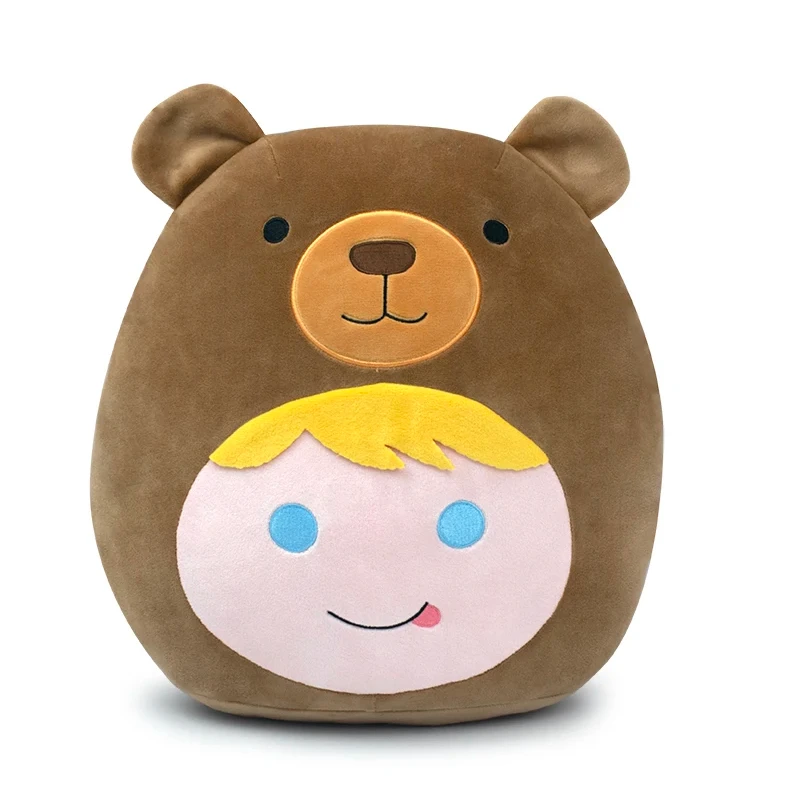
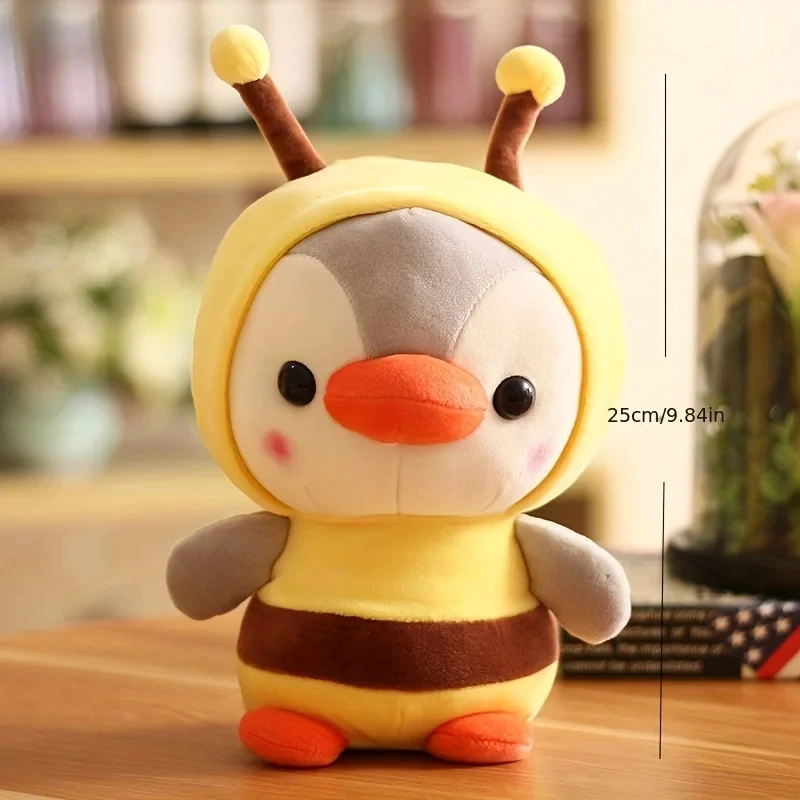
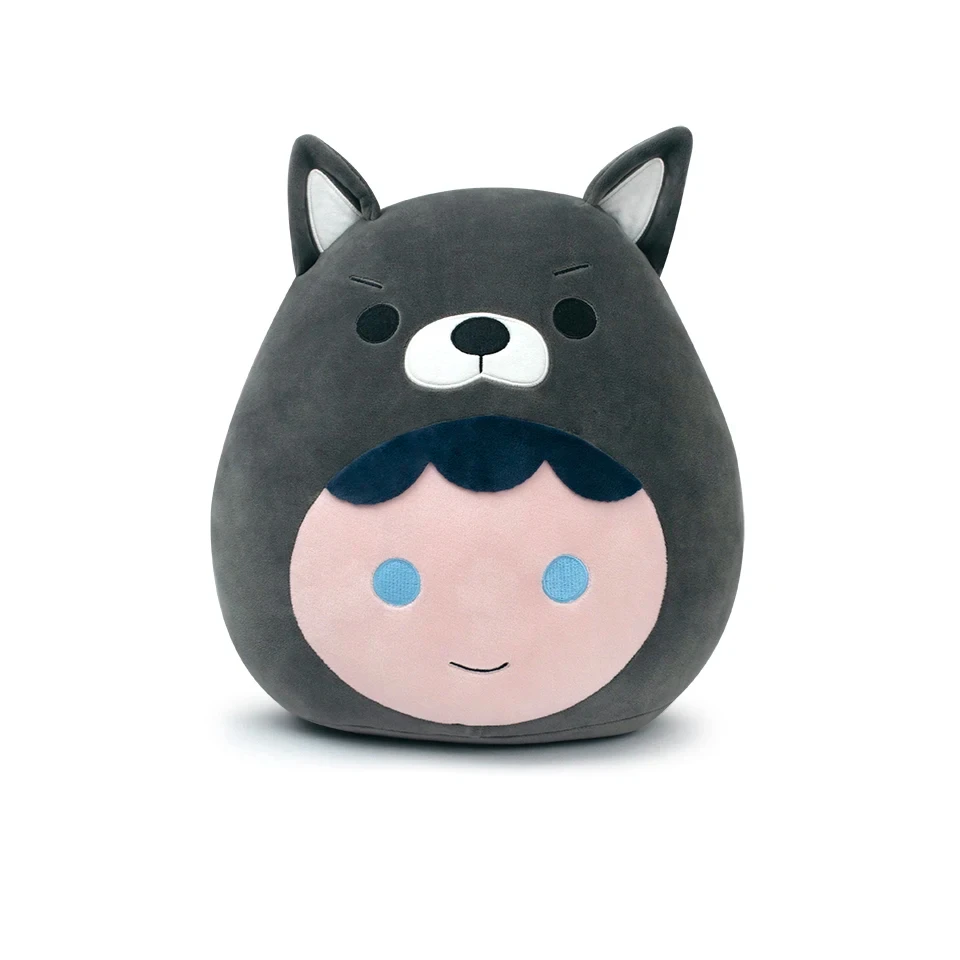
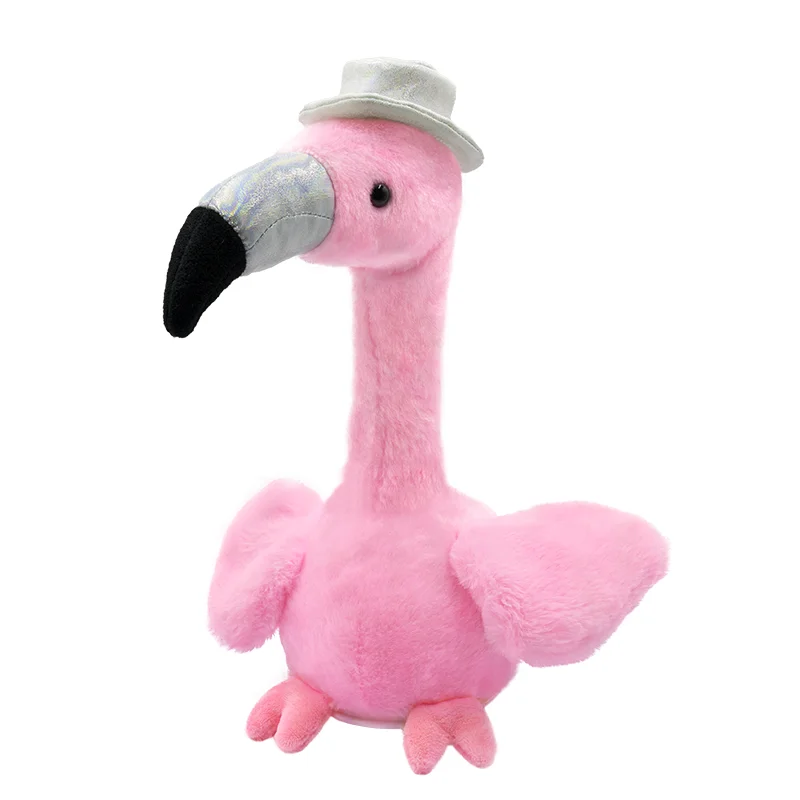
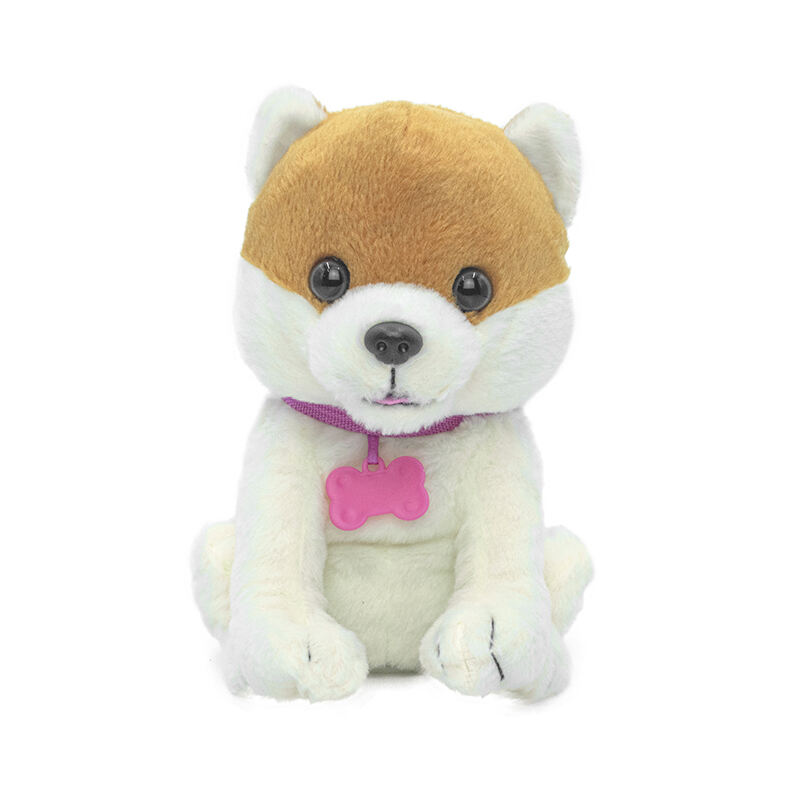
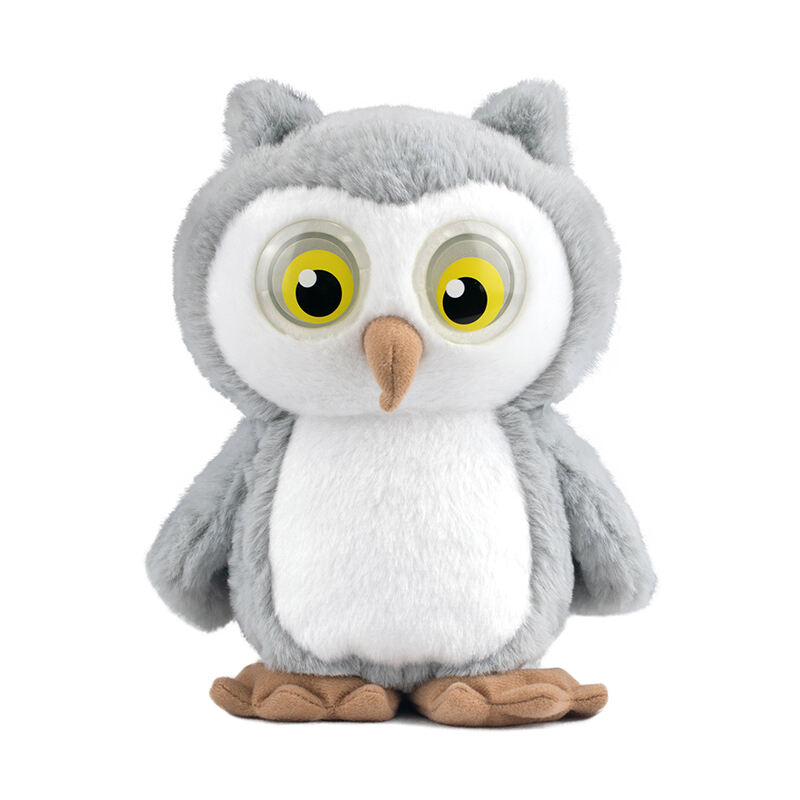
 Hot News
Hot News